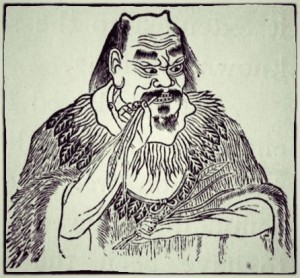Clinical Manifestations
- Chronic digestive problems such as; stomach ulcers, acid stomach, chronic appendicitis and constipation.
- Arteriosclerosis, high BP, Stroke (pre/post)
- GYN problems
- Back pain, sciatica
- Rashes, eczema and skin problems
- Depression, anxiety and neurosis
- Urinary tract problems
- Bronchitis, asthma, emphysema and tuberculosis
Palpatory Findings
- Hardness in the triangle area between KI 15 and ST27, Oketsu Kai is a palpable lump in the area. If present, prognosis is longer and local treatment required.
- Yin meridians of the leg should be palpates 2″ distal to the groin. Vascular compression of the inner thigh may be a contributing factor to Oketsu.
- Pressure or pain in the right occipital area. Right-sided occipital headache or migraine may be an indication of Oketsu.
Treatment
Primary Treatment
Left LV 4 inserted at exact location that relieves pressure pain on left abdominal oketsu area (by aprox. 50-80%). Usually needled with flow 15-45 degrees, medial to the tendon.
If Oketsu is not fully resolved, test LU1 and LU2 for pressure pain. Add Japanese Lu5 at the exact location that reduces Oketsu area most.
If a hard lump is present (Oketsu Kai) needle left ST 27 (if there is a rapid pulse). Good for releasing tightness in the face, sinus and occipital region.
If the abdomen is cold, Kyutoshin is recommended.
If pulse is slow, Bilateral SI Shu points (UB27) and Huatuojiaji of T2-T6. Pick the most gummie points and needle 45 degree toward the spine. Stimulate every 5 min.
Secondary Treatment
UB 17, UB18 (at 45 degree angle with flow) or the Huatuojiaji points (at 45 degree angle toward spine) needled bilaterally if tightness or pressure pain is found. If right UB 17 is higher and more contracted/painful than the left, needle BL 35 on the left at the exact angle that releases pressure pain on right BL 17/18 area. Use a 50 mm needle with Kyutoshin if area is cold.

